
Simplifying Financial Confusion
LEARN CASH FLOW HACKING TO REACH FINANCIAL FREEDOM
Used by 90% of millionaires to reach their financial goals 4x faster

Achieve Financial Freedom Through Cash Flow Hacking
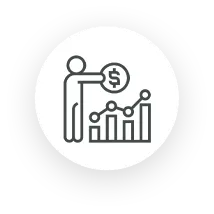
Increase Your Lifestyle While You Build Your Wealth
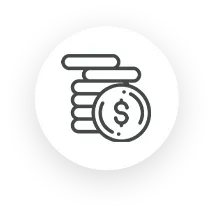
Position Yourself to Thrive in Market Downturn
YOU SHOULD NOT FEEL OUT OF CONTROL ABOUT YOUR FINANCIAL STRATEGY

Have easy access to your money in case of emergencies and opportunities

Use the investment strategy 90% of millionaires use

You deserve a clear plan to consistently grow your money and avoid market uncertainty

Have a guide and advisor that has your best interest in mind

Do not overpay in taxes

Stop guessing at the best vehicles to protect and grow your money
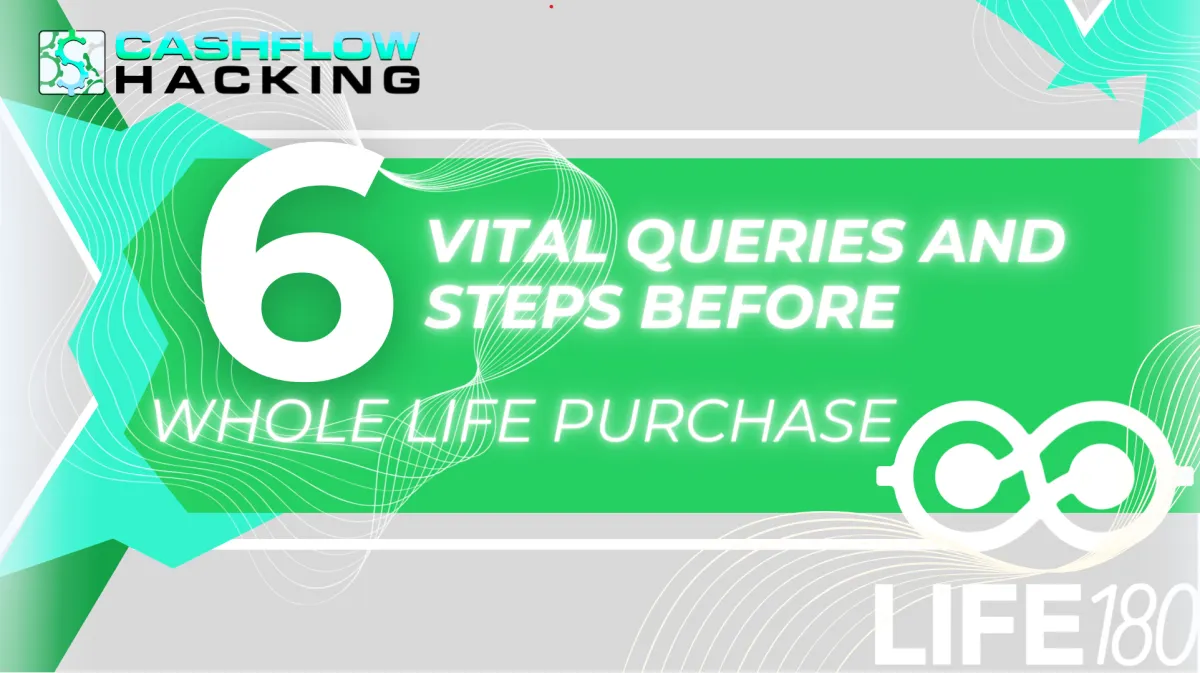
Six Vital Queries and Steps Before Whole Life Purchase
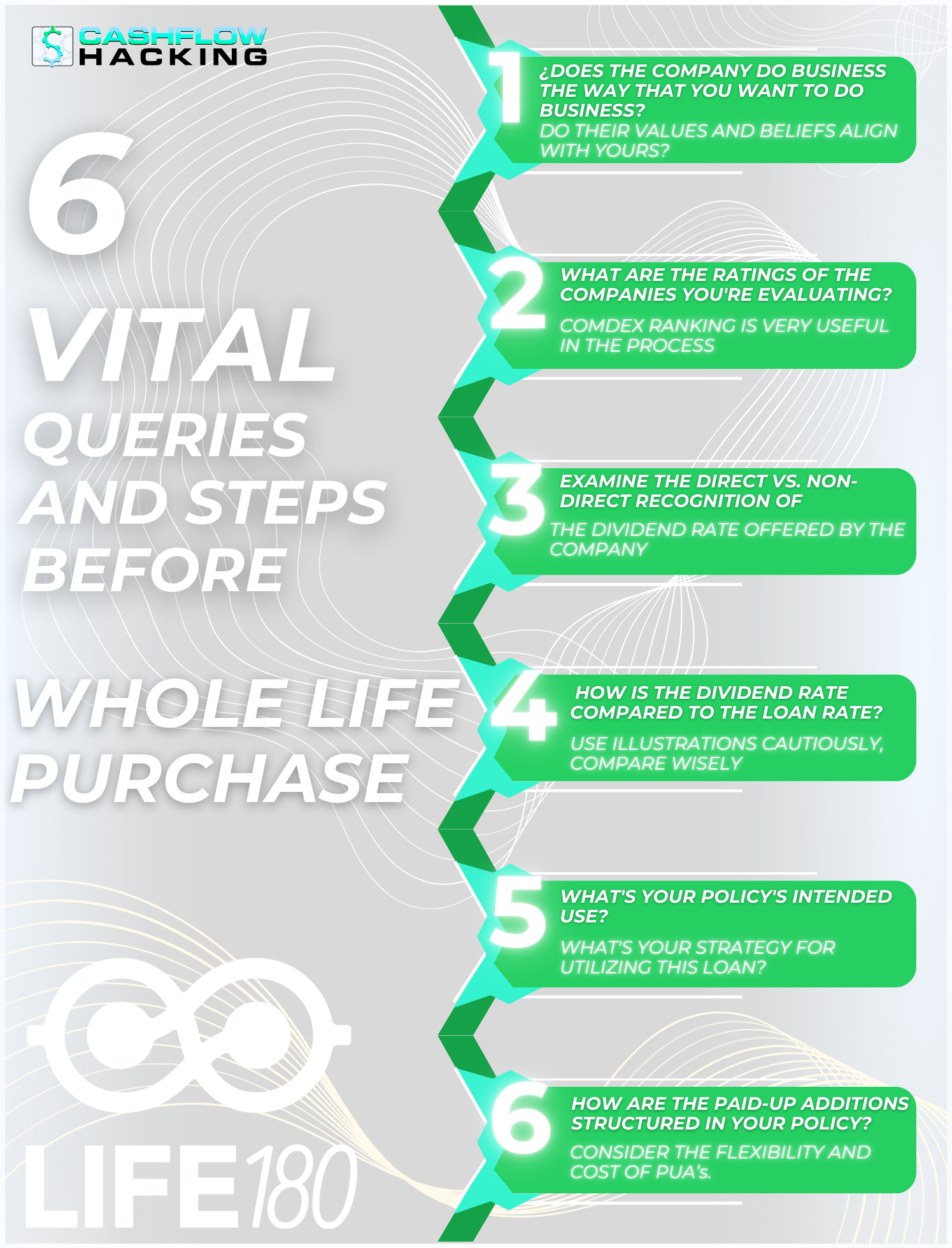
This article is a written version of the content originally found on the LIFE180 YouTube channel.
Hey, what's going on, Cash Flow Hackers? It's Chris with Life 180. One of the most significant concerns people have when considering a whole life insurance policy is determining which company is the right fit for them.
In this article, I will guide you through six essential questions and steps that will help you evaluate and decide which whole life insurance company and policy design align best with your life, goals, and objectives. By the end of this writing, you'll have a much clearer understanding of how to identify the ideal company or make a more informed decision. Let's dive in.
We're going to explore how to determine which insurance company is the best choice for initiating a whole life insurance policy, whether it's your first policy or a subsequent one. Deciphering the ideal company is not solely about size, a vast balance sheet, or the largest general fund. In fact, these factors are rarely the key considerations for making the best choice. This article will provide you with a comprehensive guide on what essential factors you should assess when making your decision.
1 ¿Does a company do business the way that you want to do business?
The first thing that I wanna talk about, that I want you to think about, is to think about do they do business? Does the company do business the way that you want to do business? I.e., do their values and beliefs about life insurance align with yours? Now that sounds like a weird statement probably to some people, but the bottom line is if you are here, if you follow this content and you're interested in utilizing life insurance as an asset, I think you've got to be really careful on which companies that you go with.
There are certain companies that simply don't advocate for utilizing your policy as a banking alternative, like an emergency fund type account, and they don't want a lot of loans early in the policy. Don't get me wrong, contractually speaking, every company has to allow you to do loans. But there have been companies that have threatened termination to agents if they have too high of a percentage of their business that takes loans early in the policy process.
When you look at that, I consider it's really important, one of the most important things that you can do as somebody who's looking to buy a policy is to make sure that your agent is there for you and that they're the right person to help support you through the whole process, not just getting the policy, but execution of the policy as you go through your years of implementation.
Now, if there are companies that are threatening termination based to agents based on the fact that you, the policyholder, are going to be too active with the policy too early, well, that's not in alignment with your values and beliefs and why you wanna utilize this. If the goal is to have a good agent, then if you reverse engineer that, it makes it really challenging to work with a company that's gonna terminate the agent if they're not in alignment there, I know you understand what I mean.
Make sure you don't pigeonhole yourself into working with an agent who isn't necessarily aligned with your values, beliefs and how you wanna execute with this policy based on the company that they're aligned with and what they are restricted to do, I think is really important. So that's the first thing that I would say is make sure that the company is in alignment with your values and your beliefs, and they're gonna allow the agent to support you in a way that you wanna utilize this policy.
2 What are the company’s ratings you're evaluating?
The second crucial factor to consider when selecting a life insurance company is their ratings. It's valuable to focus on the Comdex ranking, which provides an aggregate assessment of a company's ratings across various rating systems. This simplifies the process of evaluating the companies and their standing with rating agencies. Thus, the Comdex rating serves as an excellent starting point when you're researching these insurance providers.
I'm not saying ratings are everything. I'm not saying this ranking, the Comdex ranking is everything, but I am saying that it is part of the equation that you wanna look at. When we're looking at financial stability, I don't care so much about the size of the company, the size of the general fund, I care about the health of the balance sheet of that company.
One of the things about participating in mutually held whole life insurance companies is the fact that they are not able to take the risk, they're not speculating, they're not leveraging. I think a lot of times back in the Great Recession, when companies like AIG got into a lot of trouble, I think that gave insurance companies a bad rap because they had good ratings, and they had good rankings and ratings with these ratings agencies, and then they still needed to be bailed out. I think it's important to understand that AIG, companies like that, that had to get bailed out were not participating in mutually held whole life insurance companies.
When you look at the Comdex rating, I think it's also just vital that you understand as you go through, because there's 130 companies on this list that are ranked in the insurance business according to Comdex rankings. I think it's really important that people know the difference between a participating mutually held company versus a stock company versus a mutual company that's not participating in nature.
Companies like State Farm, Allstate, Nationwide, they are mutual companies but they're not participating mutual companies, meaning the policyholders, the whole life insurance policyholders, are not participating in the profitability of those companies through the payment of a dividend in the policies.
So if we're going to get a whole life insurance policy, we want to use a participating mutually held company, and we want those rankings in the Comdex to be as high as possible. A low Comdex ranking simply means more risk, but if we combine the participating mutual with a high Comdex, that's an amazing combination with a much higher chance that the company is never going to have any problems.
Now, obviously there are no guarantees, as far as the company's solvency and viability and so on and so forth. But that only one participating mutually held company has failed over 200 years. When you compare that to the fact that three banks have failed this year alone, this is one of the big reasons that I'm a huge advocate for utilizing a whole life insurance policy when it's properly designed as an alternative for your emergency fund and your opportunity fund that you would traditionally keep in a savings account at a traditional bank.
That's number two, the Comdex rankings.
3 Is the company's dividend rate recognition direct or non-direct?
The third thing that you need to evaluate is the direct versus non-direct recognition of a dividend rate. What is direct versus non-direct?.
It's one of the more confusing topics in the participating mutual whole life insurance space. People overplay and oversell the value of this. There's a lot of infinite banking people that will tell you and swear by the fact that, with infinite banking, when you're taking policy loans, we don't want to directly recognize those loans against the dividend, right? Like we want the dividend to not be impacted when we're taking loans. That is a non-direct recognition.
And a direct recognition means when you take a policy loan, the amount of that policy loan is gonna be directly recognized against the cash value in that policy so it will reduce the dividend. So infinite banking people, people that like to use the cash value sell the non-direct recognition as a huge value and don't get me wrong, I like the clarity, I like the transparency, I like the simplicity of that. But it's important to understand that it's not necessarily that straightforward.
I believe it's important for you to understand the difference between the two and to understand that it's not one good, one bad. I personally lean more towards non-direct recognition, but I'm not saying that direct recognition is horrible either.
Let's delve into how this functions. The following will significantly impact the choice between direct recognition and non-direct recognition. It's important to understand that if you look back before 1979, before inflation went crazy, we had like 6% interest rate that went up, literally skyrocketed overnight and in 1979, we had interest rates as high as 19%. They then dropped to near-zero rates in 2010 and remained relatively stable for a while. However, more recently, interest rates have started to climb, reaching around five and a half percent at this point in time.
Now, here's the deal, when we look at the dividend rates, the dividend rates are always trailing interest rates. So it's really important to understand that these rates trail, and there's always a lag. After a couple of years following 1979, the dividend rate exceeded the interest rate. Subsequently, the dividend rate decreased but still remained higher than the interest rate, while the interest rate continued to decline to zero. The truth is that I have created quite a bit of content regarding this, so I won't go into too much detail.
It's important to comprehend that during the period when interest rates stayed at zero, many have highlighted the advantage of non-direct recognition. This is because, with low interest rates, the Moody's Bond Index remained low, which, in turn, kept loan rates low within the policy loan provision. What happened was dividend rates were higher. That created this kind of arbitrage environment for the past 10 years.
Of course, that's when social media got popular, and because it was happening at that point in time, this space allowed for a positive arbitrage to happen with non-direct recognition policies. But that doesn't mean, just because environmentally and circumstantially that was happening and that was going on and it was factual and it was true, nobody was lying to you or deceiving you or anything of that nature.
But what it does mean is that as interest rates go up, and let's say they hit 8% for future years hypothetically, because that is the max cap rate that you can have on a loan from a policy. Let's consider that dividends are currently at 5.5%. There will be a crossover point between the interest rates and the dividend rates. Notably, this crossover point has already occurred. Consequently, dividend rates will start to align with and follow the upward trend of interest rates. In some non-direct recognition companies, the loan rate has exceeded the actual dividend rate within the policy.
I have a concern and challenge with this concept, as a whole, is that many online influencers discussing the benefits of non-direct recognition fail to address the fact that in this current environment, loan rates have become more expensive than the dividend rate. Does this mean that infinite banking doesn't work? No, it doesn't. That's not what it's about. Infinite banking is not primarily focused on positive arbitrage.
My issue is that these individuals have been promoting the concept based on a specific time period where positive arbitrage was possible, but that's not the core principle. If people don't grasp that the power of infinite banking and whole life insurance extends far beyond positive arbitrage, they're missing the point.
So, what's the significance of this? In a direct recognition company, if you have a 6% dividend and you take a 4% loan, your dividend may be reduced to match the loan rate, essentially breaking even. Meanwhile, the portion of your money in the policy without a loan continues to earn the full dividend.
For example, if you had $100,000 in cash value and took a $50,000 loan, you'd have $50,000 net cash value left after the loan. The loaned amount would earn 4% due to direct recognition, and the remaining cash value would continue to earn the full 6%. Direct recognition policies require more tracking, but they often provide a higher dividend and lower loan rates because the company has greater control and can adjust rates.
Your preference for either a direct or non-direct company structure will depend on your specific use of the policy. I'll delve into this in the next section, as it's a crucial factor in choosing the right company for you.
I prefer the non-direct structure because it's essential not to think in the short term when dealing with long-term problems. And we have to understand that during our life, we're going to have this policy for 30 years. In this environment, interest rates fluctuate between going up and down in a cycle. During certain periods, direct recognition might be more suitable, while non-direct recognition might be preferable during others. It's not a matter of good or bad.
It's about understanding how it works and making a decision that's best for you. I prefer non-direct recognition because it has fewer moving parts and offers more transparency. You can easily see and understand everything, making it simpler for you to measure your decisions as you go along. However, it doesn't necessarily mean it will perform better. It's important to understand that.
4 How is the dividend rate compared to the loan rate?
Now, let's delve into the next factor: the dividend rate versus the loan rate. I touched upon this in the previous point, but it's crucial to reiterate that some people may focus on a company boasting a 6% dividend, and it might appear impressive on paper. However, this can be misleading. Illustrations can be deceiving, and they won't hold much weight once you have the policy in hand.
The illustration will change as soon as you start using the capital within the policy. Whether a company offers a 6% dividend, 5.75%, or dividend rates in the range of 4.5% to 6%, the focus should not be isolated on these numbers alone. While 6% may seem superior in isolation, it's only part of the overall picture. But the bottom line is there's no free lunches in this life insurance space and every company is managing the risk because that's what these companies do.
They're figuring out how they want to manage their risk and manage their business and manage the value that the policies will bring to the policyholders. From that perspective, the companies with the higher dividend, typically if they have a high dividend and a low interest rate and it's non-direct, that's obviously the best scenario. But typically speaking, direct recognition companies are gonna have higher dividend rates, lower interest rates, that's gonna impact you.
5 How do you plan on utilizing the policy?
How do you plan on using your loan? You have to consider the dividend rate and the policy loan rate, but then you have to think about, how do you plan on using this loan? Because as soon as you take a policy loan the illustration doesn't matter. When assessing your strategy for utilizing the policy, let's take a scenario involving real estate. Suppose you intend to leverage the policy for real estate investments, and you are confident about repaying the loan swiftly, then you have an opportunity.
So you could get a company that pays a 6% dividend, and you compare it to a Company that may be paying a 5.2% dividend. The question isn't really about which one is better; it's not a matter of one being superior to the other. The key lies in comprehending that there are broader factors at play. The challenge is that many individuals solely promote it based on these aspects, assuming you might not delve into the additional information essential for making a well-informed decision. However, these broader factors are vital.
The question is what's the loan rate? Well, it's not an exact representation, I'm just saying this is something you need to consider. So for the company that offers a 6% dividend rate and the loan rate is around 7.5%, while the other company offers a 5.2% dividend rate but only charges 5.5% on the loan rate. Now we have to really figure out what is the impact and the cost of this loan? How do you plan on using this money? How fast do you plan on using it? How fast do you plan on paying it back? Is it going to be used for real estate? Where are you going to pay it back over a 10 year period? These are all crucial questions.
That 7.5% is significantly higher than 5.5%, representing about a 40% increase in interest expenses on that loan. So while the 5.2% may not seem as daunting, it's crucial to determine if it's a direct or non-direct recognition policy, chances are if it's a higher loan rate, it's gonna be a non-direct recognition because that's how the company protects themself. In this scenario, a direct recognition policy might adjust the dividend to around 4%, hypothetically, with a matching 4% loan rate.
This complexity becomes a significant factor when dealing with non-direct recognition companies, as they can lead to negative arbitrage where the loan rates surpass the dividend rates. It's worth noting that currently, every non-direct recognition company has set their loan rates higher than their dividend rates, and this is an essential point to consider.
Once again, it's essential to understand that at this moment, every company, especially non-direct recognition companies, has raised their loan rates higher than their dividend rates. This is a critical point to keep in mind.
6 How are the paid-up additions structured in your policy?
The last factor to consider is the flexibility of paid-up additions. While there's often discussion about the value of paid-up additions and how they are blended into a policy, it's crucial to also focus on the practicality and utility of these paid-up additions.
When we look at the paid-up additions, there's a couple things that we have to think about:
The cost of the paid-up additions. (Fees)
The flexibility of the paid-up additions.
Some companies have 5% fees to start the paid-up additions and some companies are charging as high as 11% as a front load fee for the cost of those paid-up additions. That expense on the front end is not inconsequential. Obviously it's great, it comes with liquidity, but it is important to attempt to reduce the cost and the fees of the PUAs.
Suppose you had a $10,000 per year premium, and for the sake of this example, you chose a 40/60 blend. Typically, this would involve a term rider. So, approximately $4,000 would constitute the base coverage because it's the base component. However, it's a common misconception that the remaining 60% goes entirely into paid-up additions. In fact, when you opt for a blend with paid-up additions, a term rider must be considered as well.
Hence, the term rider is going to vary based on factors such as your age and the duration. For this example, let's assume the term rider costs $1,000 annually. Now, 10% of your total premium is allocated to the term rider, and you also need to account for the front load charges associated with paid-up additions. These factors collectively contribute to a drag on the policy. It's crucial to note that dividends are only paid on the permanent insurance portion.
When we look at the PUAs, you are going to have maybe 5000 going on PUAs, but then when you take out the 11%, you may have around 4,400 that actually goes into the PUAs after all the charges on the front end. So really, a 40-60 policy becomes just watered down a little bit, and the term rider ($1,000) depending on the age, depending on the length of the term, that can become a big drag and a fee, and then the 11% fee, when you count for that, if you go with some of these companies, the PUA fees can be higher and the blend can be a little detrimental.
To illustrate further, let's consider a 10/90 policy blend. In this case, the base coverage will be $1,000, and the term rider cost will be higher due to the increased allocation to paid-up additions. To ensure the policy doesn't become a Modified Endowment Contract (MEC), more life insurance must be included. Let's estimate the term insurance at $1,500 per year. These figures are approximate and serve for illustration purposes.
With this arrangement, the paid-up additions will be around $7,500, but you'll need to deduct the 11% fee, assuming the worst-case scenario for these companies. This fee can substantially impact the value of the paid-up additions. In this case, about $6,700 will go into the paid-up additions (PUAs), in addition to the $1,000 base premium. The total comes to $7,700 for the 10/90 policy.
However, this setup results in a higher percentage of inefficiency because $2,300 is attributed to PUA fees and the term rider fee, and these amounts do not earn long-term dividends. I want to clarify that paid-up additions are particularly beneficial when you require short-term liquidity. There are situations where a 10/90 policy is the most suitable choice.
However, if you're seeking whole life insurance to address various aspects of your financial life, such as using it as an emergency fund, an opportunity fund for real estate, or for long-term care and living benefits or a buffer for retirement, having a higher base premium will yield a larger dividend. It's essential to remember that the 23% effectively lost on the $2,300 in the previous example is money that doesn't earn dividends. You only receive dividends on the $7,700 that go into the paid-up additions and the actual base coverage.
So don’t forget the process. First of all, does a company do business the way that you want to do business? What are the rankings on the Comdex? Is it direct versus non-direct? How is the dividend rate compared to the loan rate? How do you plan on utilizing the policy? Let's delve into the flexibility factor. Because I just discussed the costs and fees associated with paid-up additions.
Flexibility is also a crucial aspect to take into account. Some insurance companies have more rigid policies when it comes to paid-up additions. This means that if you've chosen to incorporate paid-up additions into your policy but miss payments in a given year, you might not have the option to catch up on those missed contributions in the following years.
Furthermore, some insurance providers may lock you into a fixed structure, preventing you from making adjustments to your paid-up additions as your financial situation or goals change over time. Flexibility in this context refers to the ability to adapt your policy to your evolving needs. A flexible policy would allow you to adjust contributions, coverage, and other elements as life circumstances change. So, it's crucial to inquire about the flexibility of a life insurance policy to ensure it aligns with your long-term financial goals and needs.
So it's important for you to understand and make sure that the company you're working with:
Doesn't have crazy costs on the paid-up additions.
Doesn't it have very flexible paid-up additions.
Absolutely, and the key takeaway is that the best policy design is one that aligns with your unique financial goals and objectives. There's no one-size-fits-all approach to life insurance. To make an informed decision, consider whether the company you're working with offers paid-up additions without excessive costs while providing the flexibility you need.
Finding the right balance between these factors is essential for tailoring your policy to your specific needs. It's not as simple as just doing a 40/60 or 10/90 or anything of that nature. So, take your time to evaluate the policy options and work with an insurance provider that can offer the right combination of features to help you achieve your financial goals.
Hopefully you found value in this. If you did, please like it, share it, comment, get it out there. If you have any questions, I'm happy to engage with any comment possible. One of the things I'm doing is I'm trying to go live at least once a week to spend that time doing responses to comments to add more value to the community here.
Have a blessed, inspirational day. We'll talk soon.
HOW TO START TAKING CONTROL OF YOUR FINANCES BY MAXIMIZING YOUR CASH FLOW AND PROTECTING YOUR ASSETS

1. Schedule Your Free Clarity Call

2. Create a Free Customized Plan

3. Get Guide to Financial Success
GET YOUR FREE COPY TO STOP USING OUTDATED RETIREMENT STRATEGIES
Cash Flow Hacking teaches you to:
Protect Your Investments
Thrive in bad markets
Reach financial freedom faster
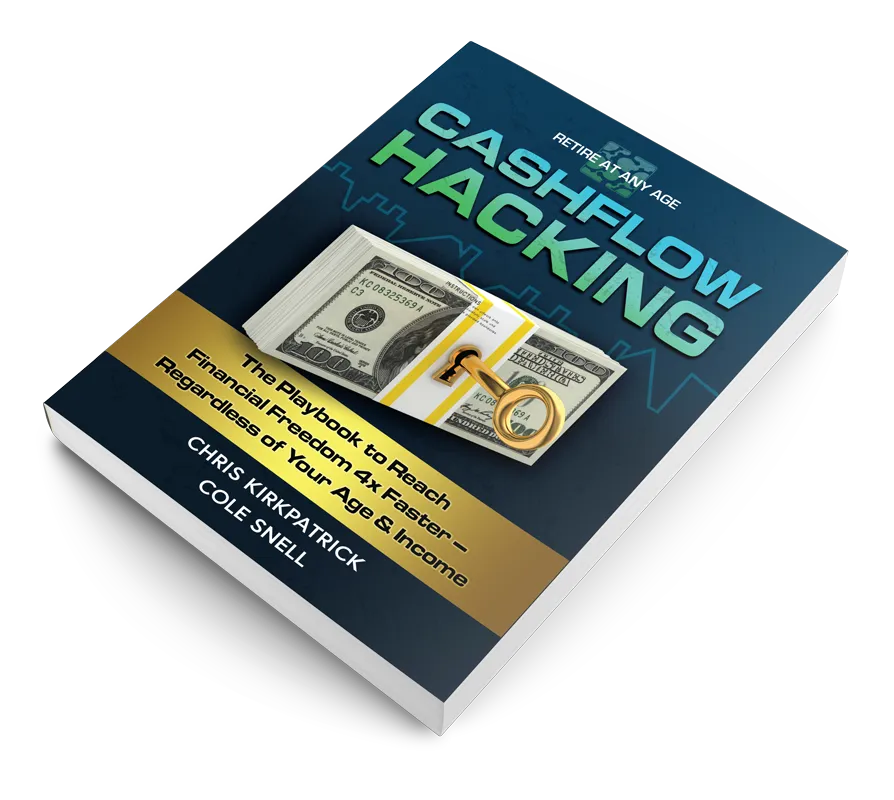
ARE YOU LOOKING FOR:
Cash Flow Hacking teaches you to:
Security to protect your money
Increased cash flow and lifestyle
Inflation protection
Financial certainty in all economic environments
A reduction in taxes
Safe and fast access to your money with no penalties
WHO IS THIS PROGRAM FOR?

People looking for an alternative
Are you looking for alternatives to Wall Street’s “buy and hold” strategy that takes 40 years with uncertain results? Our Cash Flow Hacking strategies provide you the building blocks to get started on the right foot

Passionate Entrepreneurs
Are you looking for a financial strategy that will take your best assets (you and your businesses) and multiply their potential? Our Cash Flow hacking strategies will teach you how to invest for the future without sacrificing building your business

Real Estate
Investors
Are you a real estate investor who is burned out from being a landlord or playing the fix-and-flip game? Our Cash Flow Hacking strategies will provide you with the system to create predictable wealth AND give you the freedom you are looking for.
YOU DESERVE PEACE OF MIND AND A PLAN THAT WILL PROTECT YOUR FAMILY AND GROW YOUR WEALTH
Today you need to be more savvy than ever if you try to go at it alone.
Losing money to inflation, taxes, and just poor investment strategies is leaving you frustrated, feeling out of control and not knowing where to turn. To add to the problem, the market is flooded with advisors who have outdated advice that does not place your best interests first, but instead focuses on charging you a fee that creates guaranteed cash flow for them.
NOT YOU
We believe this is wrong and that your security and best interests should be placed first. We believe you should be in a position where you control your money, your money doesn't control you. We understand because we talk with hardworking people everyday that are losing money in the markets based on old information and feel like they are guessing at the best course of action.
We created the Cash Flow Hacking plan to help you have security and control of your money to take advantage of life's opportunities because you deserve peace of mind with your wealth. The old way of planning for retirement of… Go to school Get a job & save as much as you can in your 401k and mutual funds...is broken.
You have been lied to. Think about it, where else in life does someone tell you that the most certain way to achieve your desired result is to take on more risk? The math just doesn't work, and the results are showing in our country and world. Did you know that 90% of millionaires in the United States have 1 asset in common?
Hint: it's not stocks or mutual funds (and no...it's not crypto) How much sense does it make for you to work hard, save money, reduce your current lifestyle (because that's what you are doing when you save for the future - taking money you could use on lifestyle today and delaying gratification to a future unknown time), and hope that whatever you are doing will work three to four decades from now? If you're thinking, "not much sense at all…", you are in the right place.
With over 50 years of experience on our team, we have worked with thousands of individuals and families to achieve financial freedom faster and with more predictability by helping them invest for Cash Flow.
How does the Cash Flow Hacking Plan work? 1. Take the Cash Flow Hacking Challenge 2. Complete the LIFE180 X-Ray and determine what your Freedom Number is 3. Work with a Cash Flow Hacking expert to provide you a customized plan
The customized Cash Flow Hacking plan will give you clarity on where you are now, where you want to go (and in what time frame), and what you need to do to get there predictably.
We value and commit to you: We believe you deserve the best financial education and guidance We believe financial decisions should not be rushed but be well thought out with a plan We believe you should be in control of your money We believe we earn your trust through time, education, and proper due diligence Without a proper plan and guidance, your money can be lost to taxes, inflation, and bad investments You deserve more with the most up-to-date strategies to mitigate your risk, control your money, and earn stable returns regardless of the market Schedule a call here to attain your LIFE180 Financial X-Ray now or get started with the Cash Flow Hacking Challenge for free.
I am interested in...